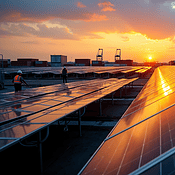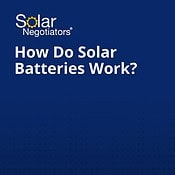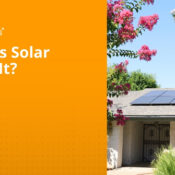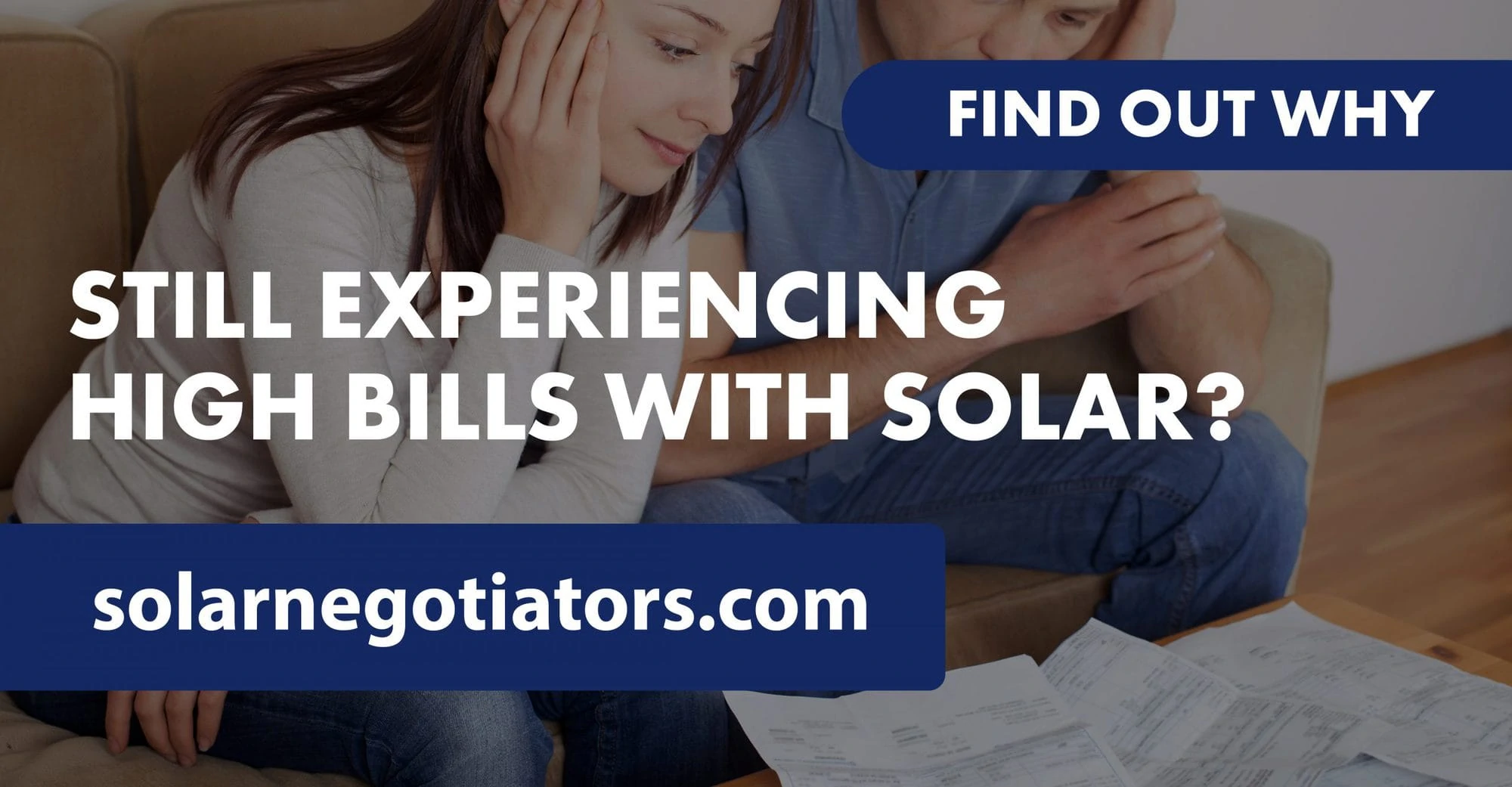
Still Experiencing High Bills with Solar? Find Out Why.
Solar is designed to help homeowners and businesses save on their monthly energy costs. Most solar customers purchasing their solar, as opposed to leasing, are looking to offset 90%-100% of their annual energy demand.
So, it can be frustrating to receive a high bill when you’re expecting your solar system to cover all your home’s energy needs. There are two main reasons you may be experiencing a higher-than-expected bill after you’ve made the switch to solar power.
1. System Performance Issues
Solar is considered a low-maintenance commodity because it produces power independently. However, internal and external factors can cause issues with your system’s performance over time. Our team addresses this upfront with our clients, so they know we have a plan of action to protect their solar investment long-term.
How to Identify the Problem
Some issues are more serious than others, but the manufacturer warranty covers most. To benefit their clients, most solar providers also include a workmanship warranty to cover labor for these types of service calls.
Common factors affect system performance:
- Panel or Optimizer Defect (Some production)
- Inverter Failure (No production)
- Communication Issue (No monitoring)
- Faulty Wiring (Some production)
- Shading Problem (Low efficiency)
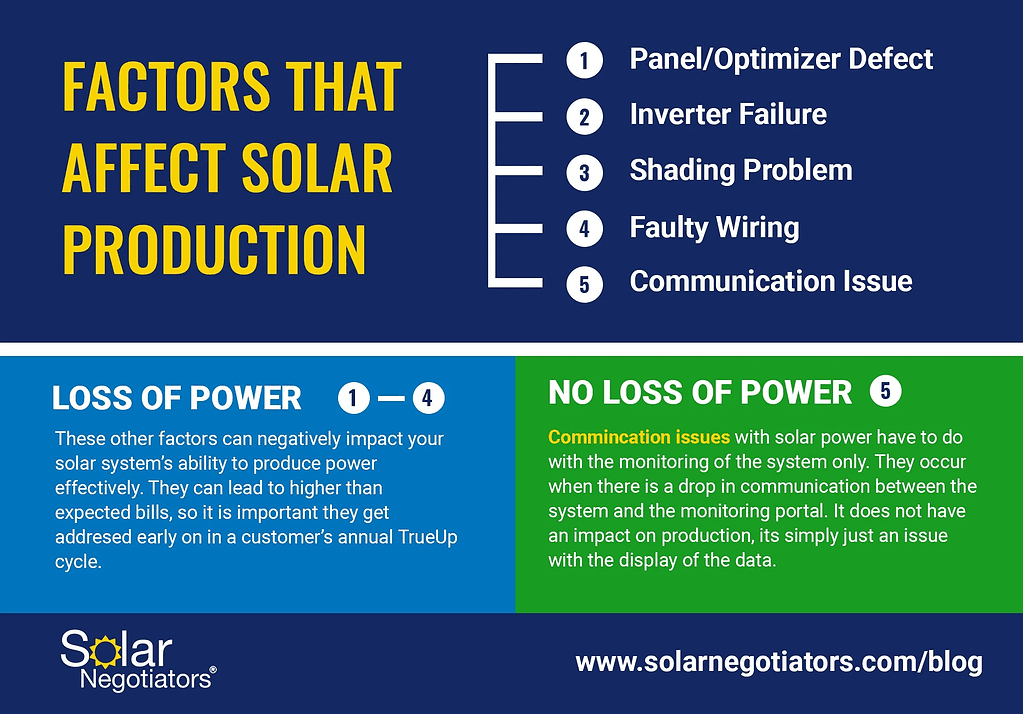
The best way to tackle this problem is to call your solar contractor directly for help. If they are not able to help, call a solar maintenance company to determine what type of performance issue you’re experiencing. Their team will be able to perform troubleshooting of your system to diagnose the problem and provide a solution. Although troubleshooting services can cost $250, you can lose much more if you do not address the issue quickly. You can confirm that your system is dealing with a performance issue by checking your solar monitoring account for changes in production activity.
2. High Consumption
You Might Be Using Too Much Power
The other reason a solar customer may receive a high balance on their monthly statement is using more energy than their system can produce. Solar works with the utility grid on a bi-directional meter. This means that whatever your system produces, you can use it without pulling from the grid. You use more than that, and you will be paying the utility company for your excess power consumption.
Did you purchase your solar system? When you initially met with your sales consultant they looked at your annual energy usage and designed a system to offset that amount of kilowatt-hours. If you increase your energy usage after you’ve gone solar, then you are using more than the system was originally designed for.
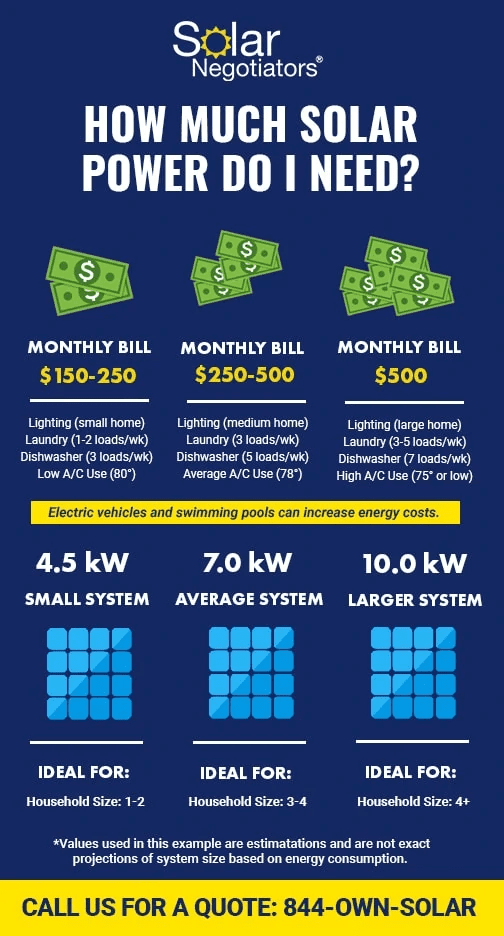
Your System Isn’t Big Enough
On the other hand, your system may have been undersized when you initially went solar. This can be due to a number of factors:
- Purchasing a new home with solar
- Going solar on a home you just moved into
- Improperly sized solar for your needs
Purchasing a New Home with Solar
Going solar in a new home can present certain complications. If you haven’t lived in the home at least 12 months, sales consultants have to project your annual usage. They will calculate your future energy needs using the size of the home and family. Since it is a projection, it can often leave homeowners with less power than they need.
Going Solar on a Home you Just Moved Into
The same is true for newly constructed homes in 2019 and 2020 with solar. Homes have solar panels fitted on them before the homes are purchased. As part of California’s new state mandate, the home must offset the projected electric usage of the home. The geographic location and square footage determine the system size. For this reason, the system can be massively undersized to meet the needs of the homebuyer.
Improperly Sized Solar for Your Needs
If you haven’t moved recently, then the problem may lie with your solar provider. A salesperson’s ability to properly calculate your needs can vary from business to business. If you made your purchase decision based largely on price, service quality can often take a hit. This is a rare occurrence as most local companies often dedicate time and effort to providing their customers with the best energy solutions possible.
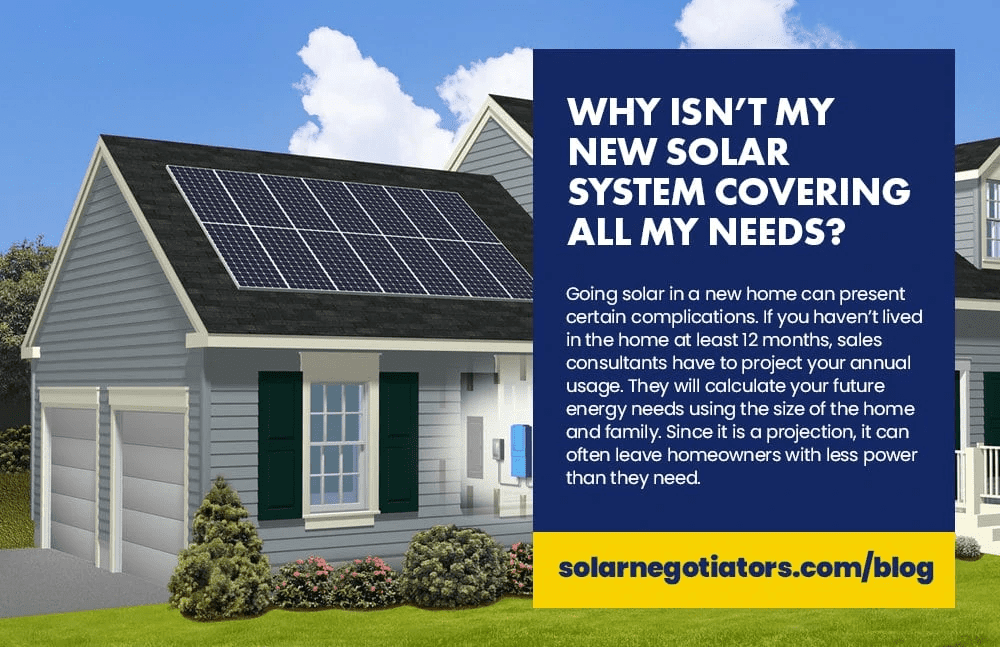
If you have read this article and feel that you are receiving high bills due to a sizing issue as opposed to a production issue, a system addition may be a good solution. System additions make sense for homeowners planning to stay in their homes long enough to reap the benefits. Find out if a system addition is a good investment for you, read our article Should I Add Panels to My New Home’s System?.
If you would like us to save time and do the work for you — you can request a free, no-obligation quote for a solar system addition.

Recent Posts
Solar Tariffs – Are They Here To Stay?
Solar Backup Solutions: How Do Solar Batteries Work?
When Is Solar Worth It
Reduce your reliance on the energy grid.
Get Solar In
Your Inbox

Refer friends and get paid in-app
The more referrals you bring in, the higher your earnings.
Earn $1,000 for each referral, and bonuses of up to $1,500 once you hit your 10th referral.
